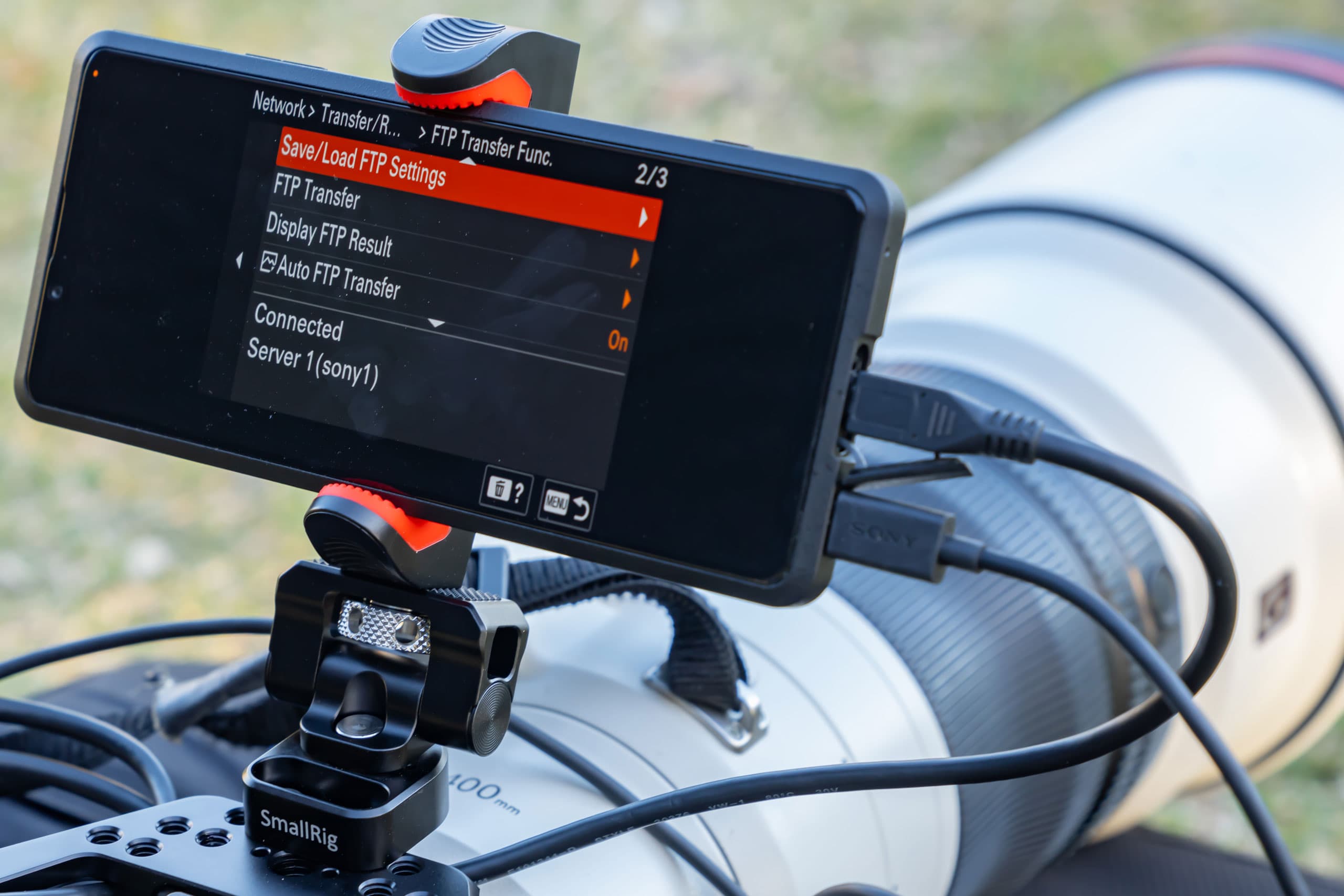Sony has launched its Xperia PRO ‘professional 5G communication device’ (aka smartphone) into the UK market. Already on sale in the US and Japan, this device is aimed at professional photographers and content creators, but not in the usual fashion of simply having a high-end camera system built-in. Instead, it’s the world’s first smartphone to incorporate an HDMI input, which means that it can be mounted onto a camera and used as a wired external monitor. The firm also touts its ability to beam images rapidly to news desks or art directors world-wide using its ultra-fast 5G connectivity, or to live stream video from your camera to social media sites such as YouTube.
Internally, the Xperia PRO is based on the firm’s current Android flagship, the Xperia 1 II. It boasts a triple-camera system with 16mm, 24mm and 70mm equivalent lenses, and borrows key tech from Sony’s Alpha cameras including real-time eye AF and 20 frames per second shooting. The device is water- and dust-proof, and includes a 3.5mm stereo headphone socket for playback of high-res audio.
When used as a monitor, its 6.5in, 21:9 screen supports the display of 4K video at 60fps. But some prospective users will be dismayed to find that it doesn’t support standard functions such as focus peaking, zebra patterns , 3D-LUT support or internal recording, despite it having 512GB of built-in storage and a 1TB-compatible microSDXC slot. There’s also no word from Sony on when, if ever, these features might appear. The firm is also unable to say for how long it will provide essential security updates for its Android 11 operating system, which could be a concern for those worried about the longevity of the device.
The other serious stumbling block will surely be the price, which is a wallet-busting £2,299. This means that while the Xperia PRO might nicely fit the needs of a particular group of specialist users, it’s difficult to see it as anything like a mass-market device. However it’s a really interesting idea that could turn into a seriously useful tool, given just a bit more development.










